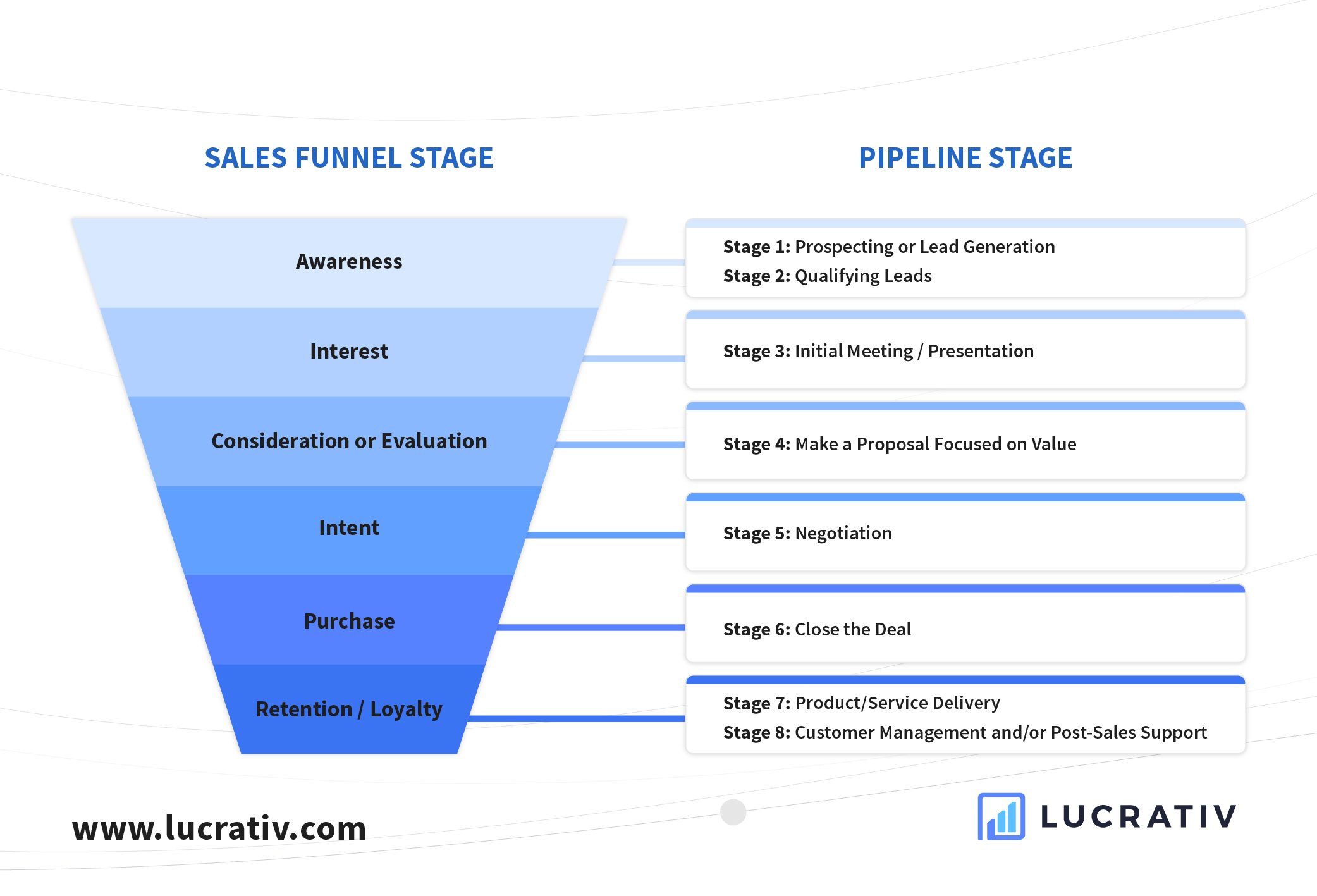
Lead nurturing is a critical process in sales.
Not all prospects are ready to purchase at the first touch point and would need some convincing and, yes, nurturing. This makes lead nurturing a tedious and sometimes long process. The average customer goes through a fairly complex buyer’s journey, especially for B2B companies. And sales reps encounter a host of hurdles from time to time, like poor lead qualification, lack of buyer information, weak content, among others.
Lead nurturing is essentially relationship-building, and building relationships takes time and effort.
So, given that lead nurturing requires time, energy, and resources, help is necessary. And this is why the integration of automation with lead nurturing makes a lot of sense.
What is Automated Lead Nurturing?
Automated lead nurturing allows you to send relevant, personalized content to your prospect through automated email workflows. It does this by tracking your prospect’s behavior and engagement with your website, social media, and other content touch points. It then determines where he is in the buyer’s journey or sales funnel. Your prospect then receives the content most relevant to him, when it’s most relevant to him.
And because it’s automated, the whole process is organized and efficient.

How Do You Do Automated Lead Nurturing?
Automated lead nurturing requires proper preparation. You can’t execute automated lead nurturing without doing these two steps:
1. Lead Segmentation: Segment your leads into smaller groups based on criteria that are relevant to your business. This can be demographics (age, gender, location, etc.); psychographics (lifestyle, personality, interests, motivations, etc.); purchasing behavior, pattern, or history. Lead segmentation allows you to engage each group specifically and accordingly and employ different lead nurturing strategies per group/segment—making the customer experience truly personalized and relevant for each segment.
2. Lead Scoring: Lead scoring is a methodology used to rank prospects against a scale that represents the perceived value each lead represents to the organization.
You score leads based on demographic information and engagement/activity. The closer the demographic details of a lead are to your Ideal Customer Profile (ICP), the higher its lead score will be. And someone who’s had more interactions or engagement with your company is a lead that has better potential of converting into a customer compared to someone who just seems to be “window shopping.”
By scoring leads based on these two components/criteria, you can determine and prioritize the best-fit prospects.
You’ve now identified the contacts or prospects that will be nurtured. Next steps would be to:
1. Identify the goals of the automated email workflow. The overarching goal is to constantly move the prospect to the next stage of the funnel until he is converted into an actual customer.
2. Define your email strategy—number of emails, content of the emails. Remember to personalize the content you create for the prospect. Best practices include:
- Sending content relevant to where the prospect is in the buyer’s journey or sales funnel. So for example:
Awareness: send your company profile, links to relevant blog posts and website pages
Interest: schedule a demo or presentation
Consideration or Evaluation: share social proof (testimonials, product reviews, case studies)

- Create content based on customer’s pain point(s). A paint point is a problem that your prospect or customer has. Your content should then aim to offer a solution or useful information for his specific paint point.
- Send content based on a potential customer’s behaviorial triggers (e.g. he clicks on links you sent in an email; visits your site and then downloads a lead magnet; etc.). When prospects demonstrate some kind of engagement, you should seize the chance and engage back with valuable content. Speed is key: make sure to respond right at the moment (or very soon after) the moment of engagement.
3. Mind your timing. Set up a cadence that is efficient but not pestering. You don’t want to turn off prospects with incessant emails. Sending one email a week for the first few weeks is acceptable.
Why Should You Do Automated Lead Nurturing?
Statistics give very encouraging reasons to automate your lead nurturing:
- Automated emails have a 70.5% higher open rate than regular emails.
- 91% of users say automation is important to their success.
- Marketing automation yields a 34% increase in revenue.
- Companies using automation earn 53% more conversions.
But the bottom line: Automated lead nurturing directly impacts your sales process. By automating the sending of relevant content to the right prospect at the right time, you streamline the lead nurturing process, iron out complexities in the sales cycle, and help speed up a prospect’s journey through the sales funnel.
Photos from Pexels. Main photo by Bruce Mars





